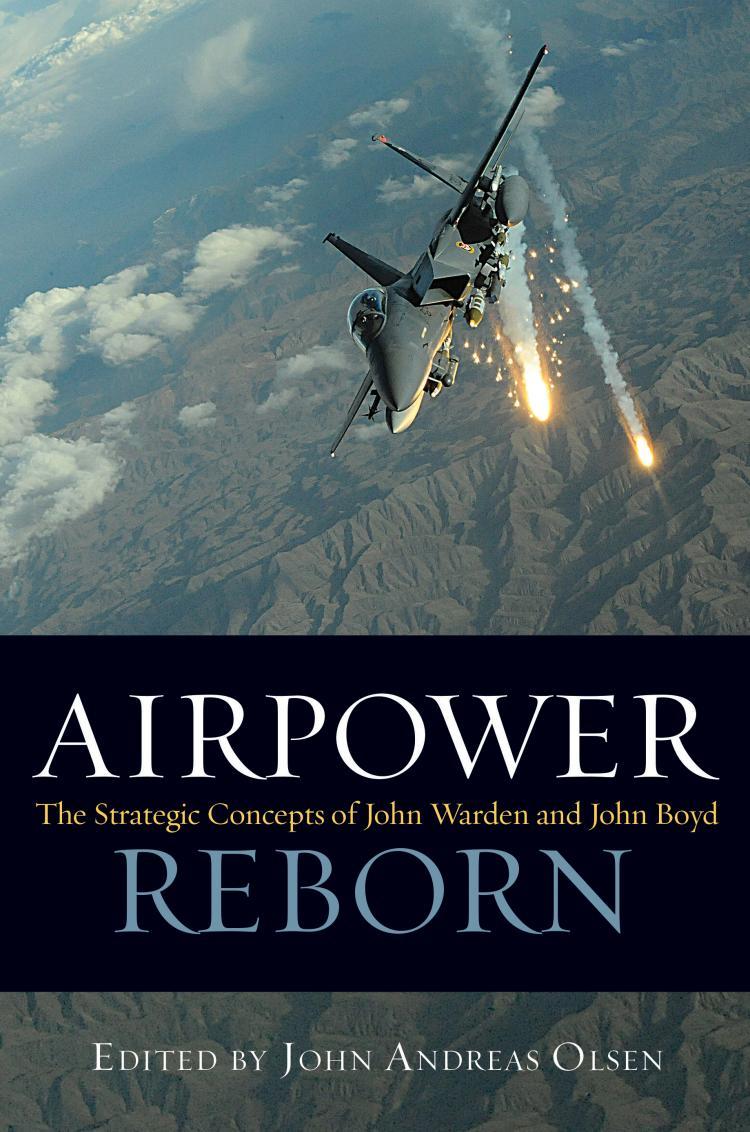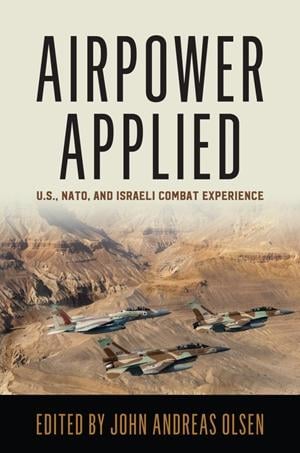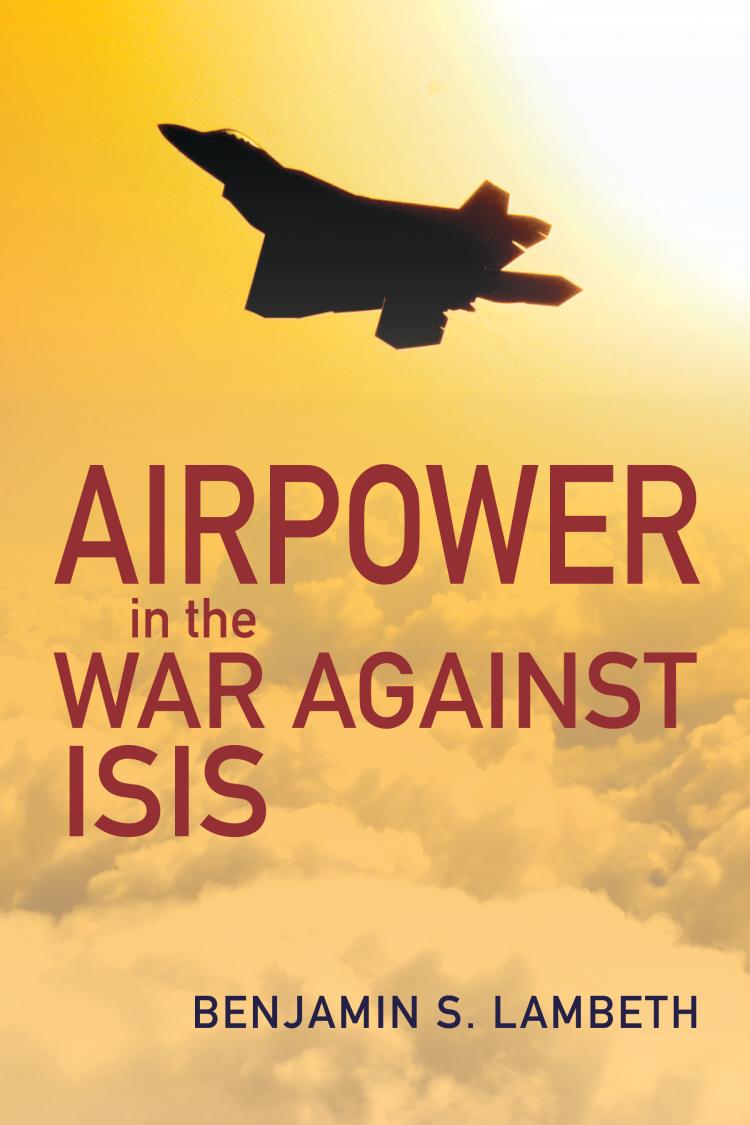Airpower Reborn
The Strategic Concepts of John Warden and John Boyd
- Subject: Spring 2023 Catalog | Aviation & Space | 2024 Paperback Sale
- Format:
Softcover
- Pages:
256pages
- Illustrations:
7 b/w photos
- Published:
February 15, 2023
- ISBN-10:
1557501033
- ISBN-13:
9781557501035
- Product Dimensions:
9.25 × 6.125 × 1 in
- Product Weight:
12 oz
Overview
Airpower Reborn offers a conceptual approach to warfare that emphasizes airpower’s unique capability to achieve strategic effects. Six world-leading theorists argue that a viable strategy must transcend the purely military sphere, view the adversary as a multi-dimensional system, and pursue systemic paralysis and strategic effects rather than military destruction or attrition. The book is divided into three parts. The first section presents a historical perspective on airpower theory and airpower strategy, tracing their evolution from the 1920s to the 1980s. The second section contains in-depth examinations of the strategic concepts that John R. Boyd and John A. Warden developed in the 1980s and 1990s, with an emphasis on their contemporary relevance. The final section provides further context on modern airpower theory and strategy. Theory, in this setting, serves as the basic paradigm, strategy represents its generic, mechanisms-centered application, and plans of campaign constitute the specific steps for any given situation.
In short, the authors look beyond the land-centric, battlefield-oriented paradigm that has continued to dominate military theories and strategies long after airpower offered new options. The book acknowledges the essential role of advanced technology in improving airpower capabilities, but emphasizes that air services must cultivate and harness the intellectual acumen of airmen and encourage officers and men to think conceptually and strategically about the application of aerospace power. Modern airpower can offer political decision-makers more and better options—provided the underlying strategy coherently links the application of airpower directly to the end-state objectives rather than limiting it to “the battle.”
The book recommends that all countries should consider establishing a dynamic and vibrant environment for mastering aerospace history, theory, strategy, and doctrine; a milieu for cultivating broader knowledge of and insight into airpower; and a setting in which airpower experts have the opportunity to communicate their narrative to politicians, the media, and fellow officers, and to interact to mutual benefit with experts from all sectors of governance. This effort should emphasize the potentially unique contribution of airpower to political objectives and joint operations, and in turn connect to operational headquarters that do operational planning. Mastering such strategic thought lies at the heart of the military profession, but it requires in-depth knowledge and understanding of theory, strategy, and airpower, and transcends traditional metrics.
In short, the authors look beyond the land-centric, battlefield-oriented paradigm that has continued to dominate military theories and strategies long after airpower offered new options. The book acknowledges the essential role of advanced technology in improving airpower capabilities, but emphasizes that air services must cultivate and harness the intellectual acumen of airmen and encourage officers and men to think conceptually and strategically about the application of aerospace power. Modern airpower can offer political decision-makers more and better options—provided the underlying strategy coherently links the application of airpower directly to the end-state objectives rather than limiting it to “the battle.”
The book recommends that all countries should consider establishing a dynamic and vibrant environment for mastering aerospace history, theory, strategy, and doctrine; a milieu for cultivating broader knowledge of and insight into airpower; and a setting in which airpower experts have the opportunity to communicate their narrative to politicians, the media, and fellow officers, and to interact to mutual benefit with experts from all sectors of governance. This effort should emphasize the potentially unique contribution of airpower to political objectives and joint operations, and in turn connect to operational headquarters that do operational planning. Mastering such strategic thought lies at the heart of the military profession, but it requires in-depth knowledge and understanding of theory, strategy, and airpower, and transcends traditional metrics.









